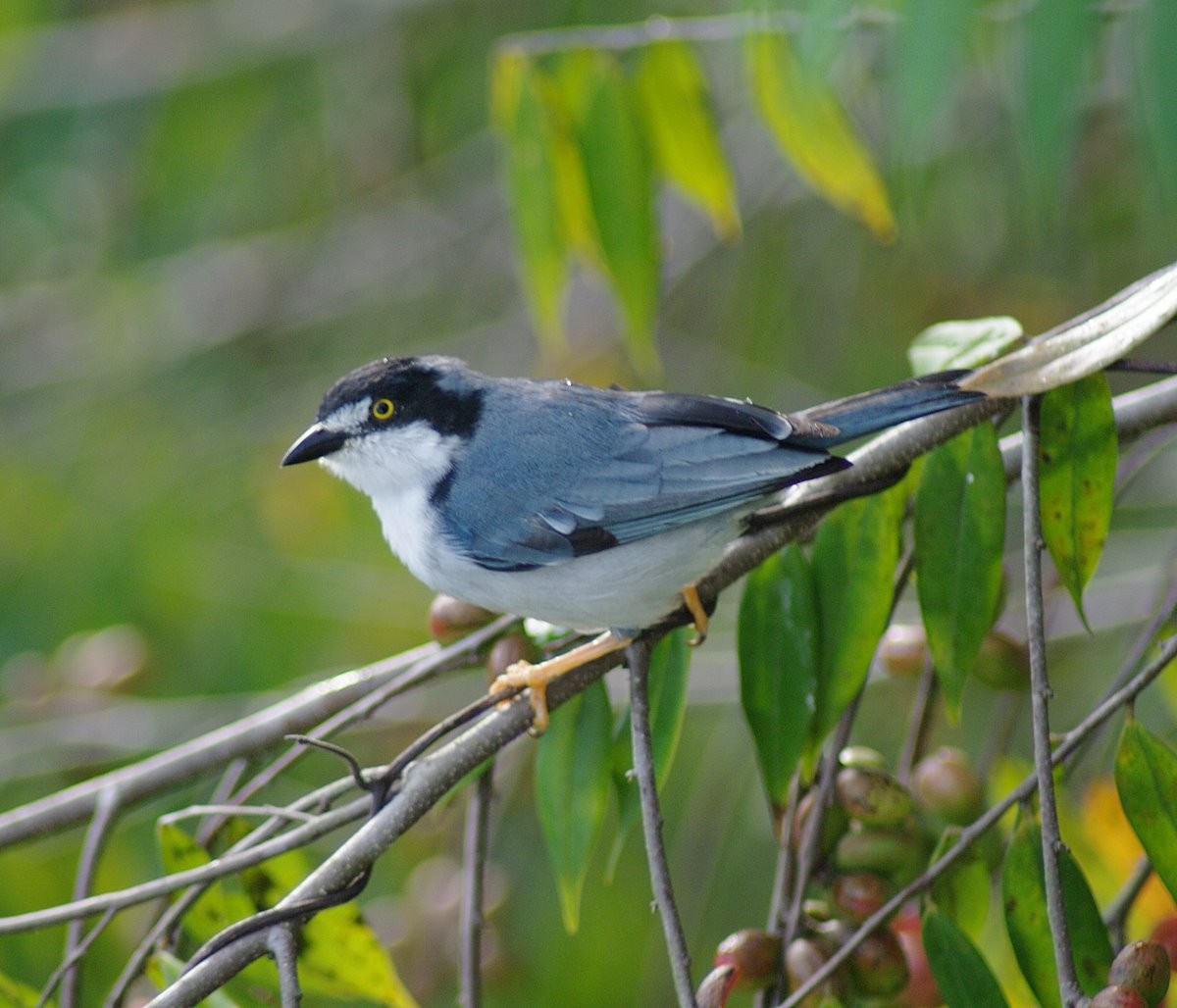Hooded Tanager
A species of Hooded and Cherry-throated Tanagers Scientific name : Nemosia pileata Genus : Hooded and Cherry-throated Tanagers
Hooded Tanager, A species of Hooded and Cherry-throated Tanagers
Botanical name: Nemosia pileata
Genus: Hooded and Cherry-throated Tanagers
Content
Description General Info
Description
The hooded tanager (Nemosia pileata) is a species of bird in the tanager family Thraupidae. It is found in Argentina, Bolivia, Brazil, Colombia, French Guiana, Guyana, Paraguay, Peru, and Venezuela. Its natural habitats are subtropical or tropical moist lowland forest, subtropical or tropical mangrove forest, and heavily degraded former forest. The hooded tanager was described by the French polymath Georges-Louis Leclerc, Comte de Buffon in 1779 in his Histoire Naturelle des Oiseaux from a specimen collected in Cayenne, French Guiana. The bird was also illustrated in a hand-coloured plate engraved by François-Nicolas Martinet in the Planches Enluminées D'Histoire Naturelle which was produced under the supervision of Edme-Louis Daubenton to accompany Buffon's text. Neither the plate caption nor Buffon's description included a scientific name but in 1783 the Dutch naturalist Pieter Boddaert coined the binomial name Tanagra pileata in his catalogue of the Planches Enluminées. The hooded tanager is now placed in the genus Nemosia that was introduced by the French ornithologist Louis Jean Pierre Vieillot in 1816 with the hooded tanager as the type species. The genus name is from the Ancient Greek nemos meaning "glade" or "dell". The specific pileata is from the Latin pileatus meaning "-capped". Six subspecies are recognised: N. p. hypoleuca Todd, 1916 – north Colombia and north Venezuela N. p. surinamensis Zimmer, JT, 1947 – Guyana and Suriname N. p. pileata (Boddaert, 1783) – French Guiana through central Brazil to north Bolivia N. p. interna Zimmer, JT, 1947 – north central Brazil N. p. nana von Berlepsch, 1912 – northeast Peru and west Brazil N. p. caerulea (zu Wied-Neuwied, 1831) – east and south Brazil, southeast Peru to east Bolivia, Paraguay and north Argentina 
Size
12 cm
Nest Placement
Tree
Feeding Habits
Hooded Tanager primarily consumes insects, nectar, and fruit, employing diverse foraging techniques. It exhibits unique dietary adaptations for extracting nectar, alongside a preference for certain fruits when available.
Habitat
Hooded Tanager predominantly inhabits a variety of forested environments such as gallery forests, secondary growth woodlands, and river-edge forests, as well as mangrove ecosystems. They are also fairly common in deciduous woodlands, shrubby areas with scattered trees, and agricultural plantations. In Amazonian regions, their presence is mostly confined to lighter woodlands and the fringes of forests.
Dite type
Insectivorous
General Info
Feeding Habits
Bird food type
Species Status
Not globally threatened.
